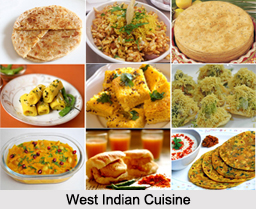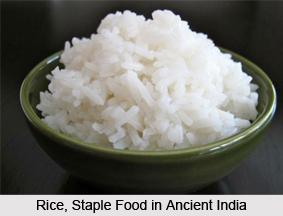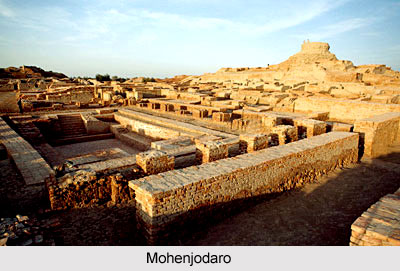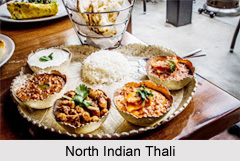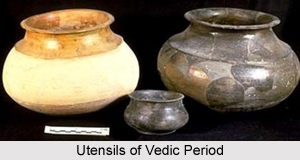 Development of Cooking in Vedic period usually reflects the domestic method of preparing food. These include methods like cleaning food grains with a sieve and grinding them which were known from earlier days. In the Vedas, it elaborately explains the vastness of Vedic cooking and its richness with close proximity to the forces of nature.
Development of Cooking in Vedic period usually reflects the domestic method of preparing food. These include methods like cleaning food grains with a sieve and grinding them which were known from earlier days. In the Vedas, it elaborately explains the vastness of Vedic cooking and its richness with close proximity to the forces of nature.
Vedic cooking introduced a number of items which were not known in the past. The preparations of such new items reflect a high level of development that pulls the society from rural ruins to urban superiority. Vedic cooking also includes preparation of meat which was not only roasted but also cooked in the form of soup that was cooked with rice. Vedic cooking not only includes the art of cooking and the types of utensils used by them but also the rules and etiquettes which were followed by the people of Vedic period.
Utensils and Implements of Vedic Period
Development of Cooking in Vedic period also included various kinds of utensils and implements that were included for cooking and serving the food. Some of these implements were made up of clay, wood and stone while other implements were made up of metals. Leather vessels were used to store liquid products.
Etiquettes of Vedic Period
In terms of etiquettes, Vedic literature emphasised and narrated a wide description to be followed during preparation of food and serving it to the Aryans. According to the "Ksema-kuntuhala", a Vedic cookbook from the 2nd century AD, a pleasant atmosphere and a good mood are as important to proper digestion as the quality of the food.
The Vedic literature puts great stress on hospitality before consuming food. As such the texts of Rig Veda make it compulsory for the Brahman to offer his guest as well as fire the god of Vedic period before they themselves consume food. Vedas believe that the God deserves the first offering of an eatable. With this, food is taken by following a number of etiquettes which also describes the traditions of Vedic period.
Along with offerings, the Vedic literature put great stress on the purity of food that was to be consumed. As such, the style of having food and the items of food reflect the connection of Vedic Period with the past Indus Valley Civilisation that was the predecessor of Vedic Period.
Vedas not only explain the techniques of healthy cooking but also the art of eating, which nourishes both the soul, the body and mind. Vedas are replete with details on which utensils should be used for cooking, dishes that go well together, and everything else one might need to know about preparing, serving and eating a meal. Thus, development of cooking in Vedic period had been an integral part of Vedic period. It not only reflects the structure of the society but also the customs of the people. The food culture of Vedic period is still in vogue with some variations and it has influenced the modern food concepts also.
Related Article
History of Indian Food
Food in Ancient India
Indian Food
Beverages in Vedic Period
Vedic Civilization
Vedic Period
Vedic Literature
Vedic Culture
Vedas
Rig Veda
Sama Veda
Yajur Veda
Atharva Veda
